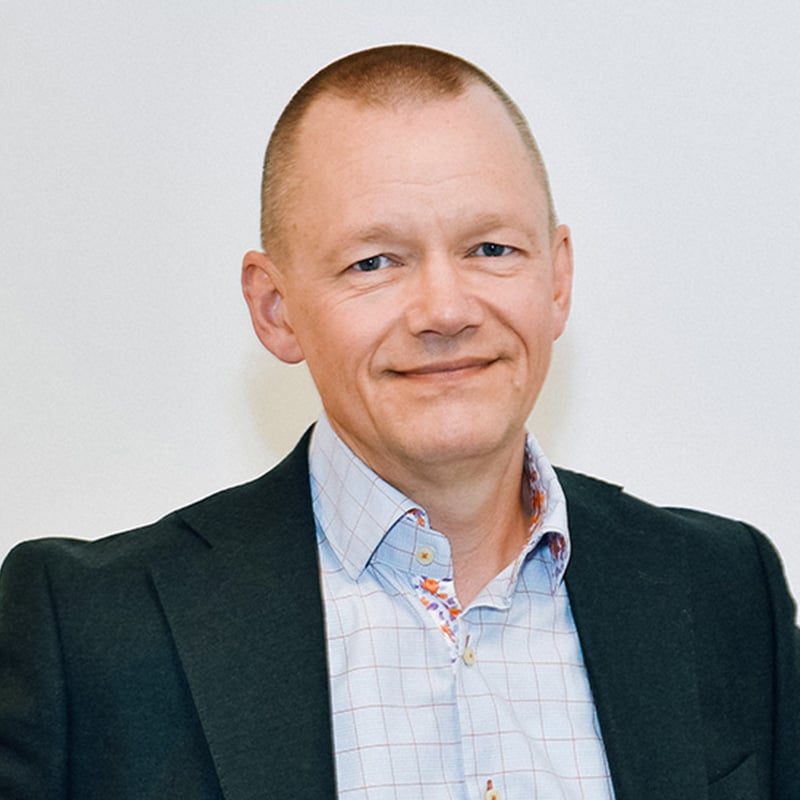Tomas Berg
SENIOR CONSULTANT
Tomas has an Executive MBA and likes to learn new things.
Tomas Berg
SENIOR CONSULTANT
Tomas has an Executive MBA and likes to learn new things.
STORY
"My first contact with modularity was without thinking about it."
I’ve worked with leadership and product development at various companies, including Assa Abloy and Tetra Pak.
One of my most challenging Tetra Pak roles was in Italy as head of development for premium packages. And my first encounter with modularity was without thinking about it.
We knew that time to market is extremely important when designing and releasing a new package. We also understood that a new 500 ml package took approximately the same time to develop as a 1000 ml. Instead of splitting them into separate development projects, we identified one portfolio matrix: three sizes, three shapes, nine products. For each product we also wanted to be able to offer clients different materials and different content, e.g. juice, beverages and milk; and on one and the same packaging line clients should be able to move between production configurations in 15 minutes.
The idea was to challenge our development team to find simple solutions. And it worked. Although the first new product release took time, we were soon able to add new and innovative products to the portfolio.
And this is pretty much what modularity is about.
In packaging, like most industries, the drive is to increase product variance and speed up innovation to meet market demand. Clients and end customers want customized solutions. At the same time, the companies supporting them need to be increasingly efficient in development and production, for example by simplifying operations and reducing part numbers.
All of this can be achieved with a good modular system and the business results can be fantastic.

